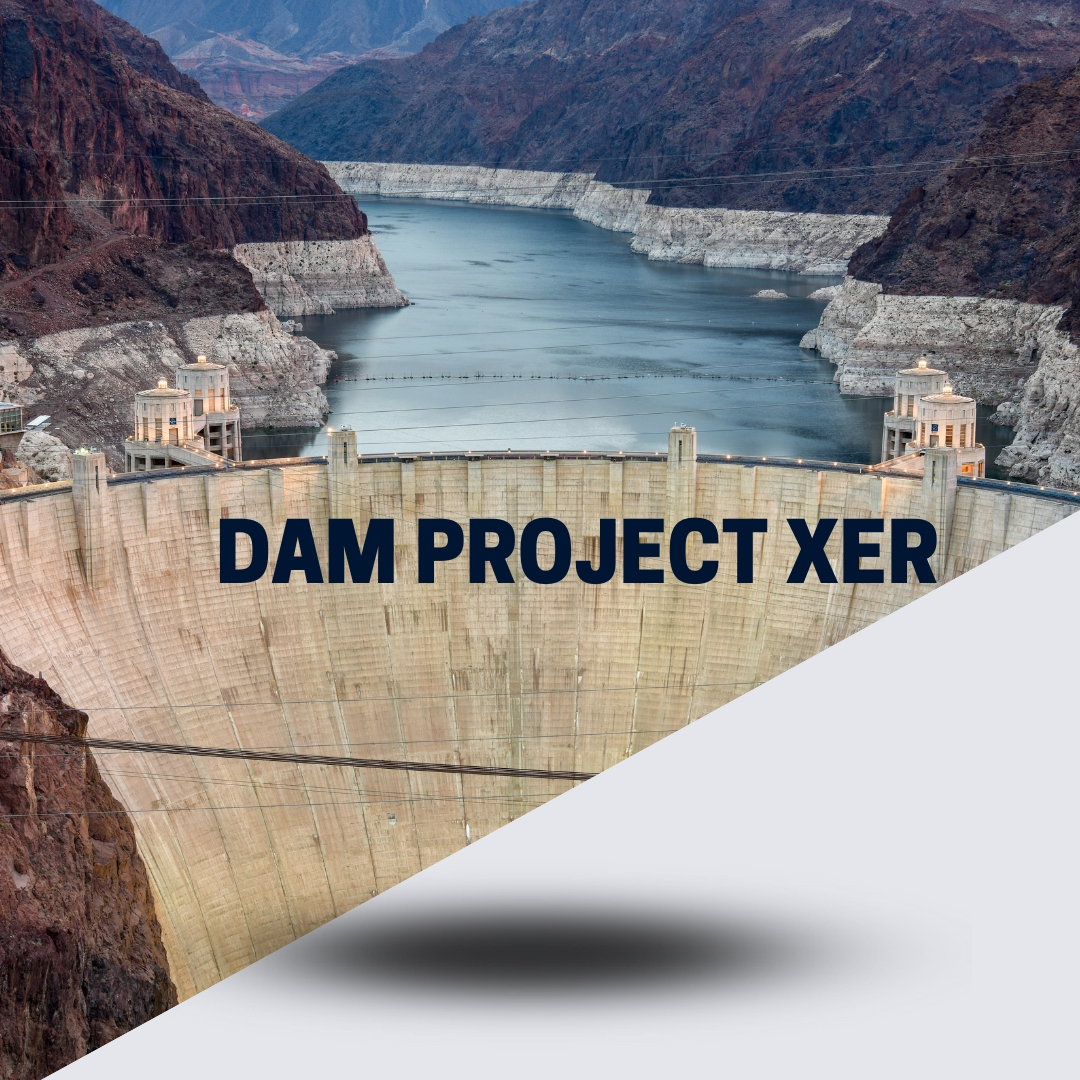- Total Duration of Paths: The path with the longest cumulative duration might be considered the longest path, as it represents the longest sequence of work from start to finish, even if multiple paths equally affect the finish date.
- Constraints:
- Hard Constraints: A path with hard constraints (like “Must Finish On”) that tie directly to the project’s end date might be given precedence as the longest path because it explicitly defines the project’s timeframe.
- Soft Constraints: While also influencing the schedule, soft constraints allow more flexibility and might not prioritize the path as the longest unless other factors like total duration or sequence complexity come into play.
- Type and Number of Activities:
- Paths with more activities, especially if they involve critical tasks that are interconnected by rigid dependencies (Finish-to-Start), might be prioritized.
- A path with fewer activities but longer durations might not necessarily be considered longer if another path has more complex interdependencies and a greater number of critical tasks.
- Nature of Dependency Relationships:
- Mixed dependencies (FS, SS, FF) add complexity to the schedule. If a path with mixed dependencies such as Start-to-Start (SS) or Finish-to-Finish (FF) spans the project timeline and ends on the project’s finish date, it might be regarded as the longest path due to the complexity in managing these overlapping activities.
Practical Example
Imagine you have four paths:
- Path A: 10 activities, all FS, total duration of 200 days.
- Path B: 5 activities, large durations, FS relationships, total duration of 200 days.
- Path C: 15 activities, mixed FS, SS, FF relationships, total duration of 200 days.
- Path D: 8 activities, FS relationships, includes a hard constraint on the final activity, total duration of 200 days.
If all impact the finish date the same way and all have zero float, P6 might prioritize:
Path D as the longest path due to the hard constraint that ties it directly to the project’s finish date, indicating no flexibility.
- Path C might be considered next due to the complexity and the number of relationships to manage, which can pose more risk and require more attention.
- Path A and Path B would follow, depending on other factors like resource allocation, risk, and other strategic considerations.
Expanded Example Scenarios
- Scenario 1 – Large Project with Mixed Dependencies and Multiple Constraints:
- Path X: Consists of 12 activities, a mix of Finish-to-Start (FS) and Start-to-Start (SS) dependencies, a hard constraint on activity 5 (“Must Finish On”), and a soft constraint (“Start No Earlier Than”) on activity 9.
- Path Y: Includes 15 activities, primarily Finish-to-Finish (FF) dependencies, and multiple soft constraints at various stages, especially near the completion stages.
- Path Z: Comprises 10 activities with FS dependencies and two hard constraints at activities 3 and 7 (“Must Start On” and “Must Finish On”), affecting the middle phase of the project.
- Scenario 2 – Small Project with High Complexity:
- Path A: 7 activities, all with FS dependencies, one hard constraint at the end (“Must Finish On”), and high total duration.
- Path B: 5 activities, a mix of SS, FS, and FF dependencies, and a hard constraint on the first activity (“Must Start On”).
- Path C: 8 activities, mixed dependencies including a rare Start-to-Finish (SF) dependency, and a soft constraint midway through the path.
- Scenario 3 – Varied Duration and Dependency Types:
- Path D: Consists of 20 activities with short durations, dominated by FS relationships, and includes a soft constraint (“Finish No Later Than”) on the last activity.
- Path E: Has 10 activities, longer durations, mixed FS and FF dependencies, and a hard constraint (“Must Finish On”) on the penultimate activity.
- Path F: Includes 12 activities, various dependency types (FS, SS, FF), and a critical hard constraint (“Must Start On”) at the beginning.
These scenarios are simplified for illustrative purposes and actual project complexities would require detailed analysis within Primavera P6. Project managers would typically leverage P6’s extensive features like viewing Gantt charts, analyzing network diagrams, and using the scheduling log to make informed decisions about the longest path based on real-time data and simulations. This level of detail helps manage the complexities of modern projects effectively, considering all variables that might affect project timelines (Oracle) (Oracle Support).
Leave a Reply
You must be logged in to post a comment.


























































